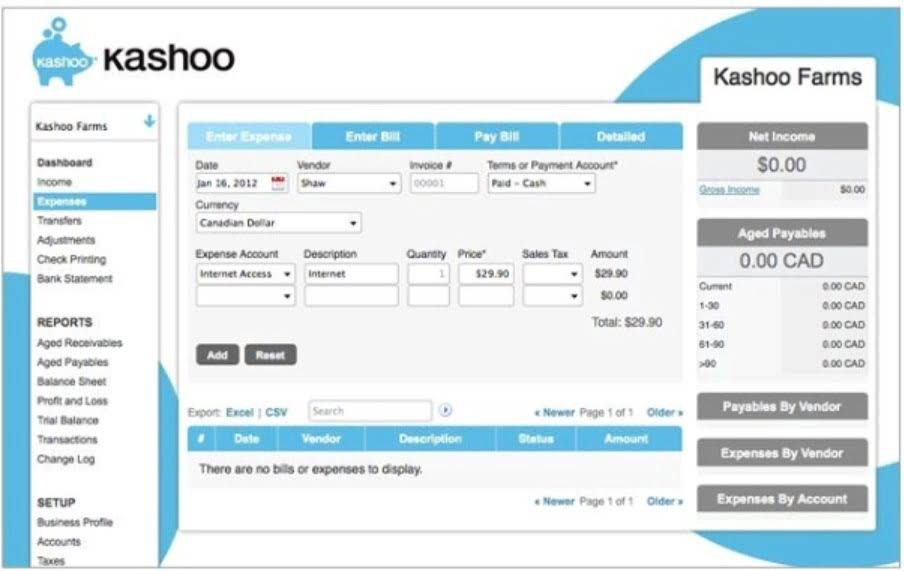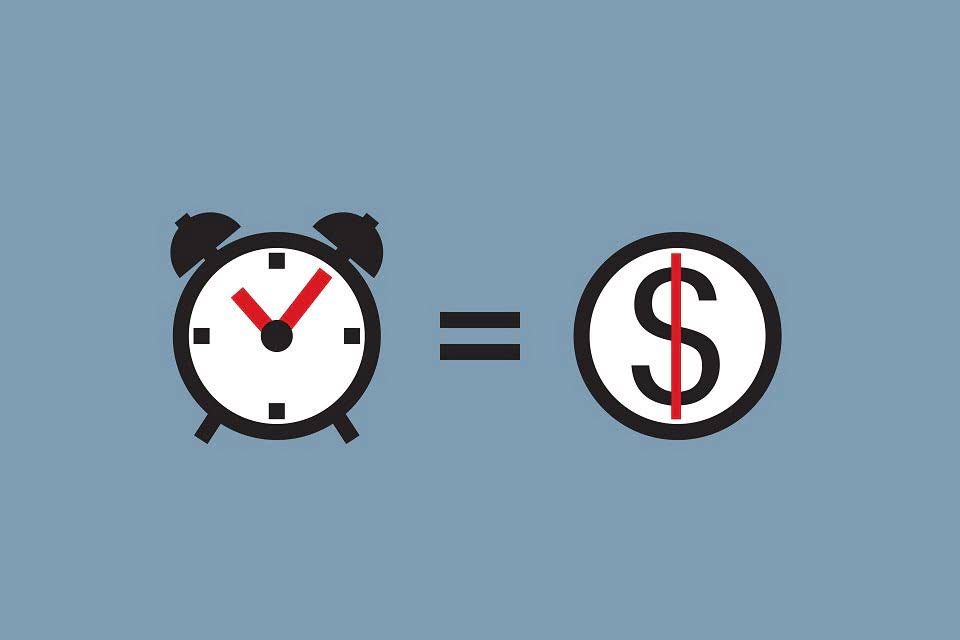What are Retained Earnings? Guide, Formula, and Examples
Mục lục
- 1 How to calculate retained earnings
- 2 The Top Trucking Accounting Software
- 3 Are Retained Earnings Considered a Type of Equity?
- 4 Formula For Retained Earnings
- 5 How to calculate the effect of a stock dividend on retained earnings
- 6 What is the difference between retained earnings and revenue?
- 7 Part 2: Your Current Nest Egg
The retained earnings balance can also be used to calculate financial ratios, including debt-to-income and acid-test ratios. A balance sheet is a key financial statement that provides a telling snapshot of what a company owns and owes, as well as revealing how much shareholders have invested in it. During a specific financial period, it reports the business’s revenue, liabilities, and numbers for the shareholders’ equity section.
How to calculate retained earnings
- Movements in a company’s equity balances are shown in a company’s statement of changes in equity, which is a supplementary statement that publicly traded companies are required to show.
- Corporations differ from sole proprietorships and partnerships in that their operations are more complex, often due to size.
- Most corporations would use a full accrual basis of accounting such as U.S.
- Companies also keep a summary report or retained earnings statement.
- In some cases, the corporation will use the cash from the retained earnings to reduce its liabilities.
- Retained earnings are net income (profits) that a company saves for future use or reinvests back into company operations.
A basic statement of retained earnings is referred to as an analysis of retained earnings because it shows the changes in the retained earnings account during the period. A statement of retained earnings for Clay Corporation for its second year of operations (Figure 14.12) shows the company generated more net income than the amount of dividends it declared. A company’s retained earnings refer to the amount of net income (or loss) accumulated since the beginning of operations minus all dividends distributed to shareholders. Undistributed earnings are retained for reinvestment back into the business, such as for inventory and fixed asset purchases or paying off liabilities. A negative balance in the retained earnings account is called an accumulated deficit.
The Top Trucking Accounting Software
They go up whenever your company earns a profit, and down every time you withdraw some of those profits in the form of dividend payouts. Profits generally refer to the money a company earns after subtracting all costs and expenses from its total revenues. Yes, having high retained earnings is considered a positive sign for a company’s financial performance. To simplify your retained earnings calculation, opt for user-friendly accounting software with comprehensive reporting capabilities. There are plenty of options out there, including QuickBooks, Xero, and FreshBooks.
Are Retained Earnings Considered a Type of Equity?
The increase in expenses in the amount of $1,000 combined with the $300 decrease in income tax expense results in a net $700 decrease in net income for the prior period. The $700 prior period correction is reported as an adjustment to beginning retained earnings, net of income taxes, as shown in Figure 14.14. The entry to correct the error contains a decrease to Retained Earnings on the statement of retained earnings for $1,000. Depreciation expense would have been $1,000 higher if the correct depreciation had been recorded. The entry to Retained Earnings adds an additional debit to the total debits that were previously part of the closing entry for the previous year. The credit is to the balance sheet account in which the $1,000 would have been recorded had the correct depreciation entry occurred, in this case, Accumulated Depreciation.
Formula For Retained Earnings
To calculate Retained Earnings, the beginning Retained Earnings balance is added to the net income or loss and then dividend payouts are subtracted. An increase or decrease in revenue affects retained earnings because it impacts profits or net income. A surplus in your net income would result in more money being allocated to retained earnings after money is spent on debt reduction, business https://www.bookstime.com/ investment or dividends. Any factors that affect net income to increase or decrease will also ultimately affect retained earnings. The income statement (or profit and loss) is the first financial statement that most business owners review when they need to calculate retained earnings. This document calculates net income, which you’ll need to calculate your retained earnings balance later.
How to calculate the effect of a stock dividend on retained earnings
Other transactions may also decrease the retained earnings balance. Usually, these include special dividends that differ from the year-end allotments. The rest of the formula for retained earnings stays similar is retained earnings a liability or asset in this version. Companies can further expand these formulas by separating cash and stock dividends. Management and shareholders may want the company to retain earnings for several different reasons.
What is the difference between retained earnings and revenue?
Owners’ equity represents the business owners’ share of the company. It is often referred to as net worth or net assets in the financial world and as stockholders’ equity or shareholders’ equity when discussing businesses operations of corporations. From a practical perspective, it represents everything a company owns (the company’s assets) minus all the company owes (its liabilities).
Subsequently, they subtract any declared dividends from that balance. Generally speaking, a company with a negative retained earnings balance would signal weakness because it indicates that the company has experienced losses in one or more previous years. However, it is more difficult to interpret a company with high retained earnings. Revenue is the money generated by a company during a period but before operating expenses and overhead costs are deducted. In some industries, revenue is called gross sales because the gross figure is calculated before any deductions. Retained earnings are also called earnings surplus and represent reserve money, which is available to company management for reinvesting back into the business.




